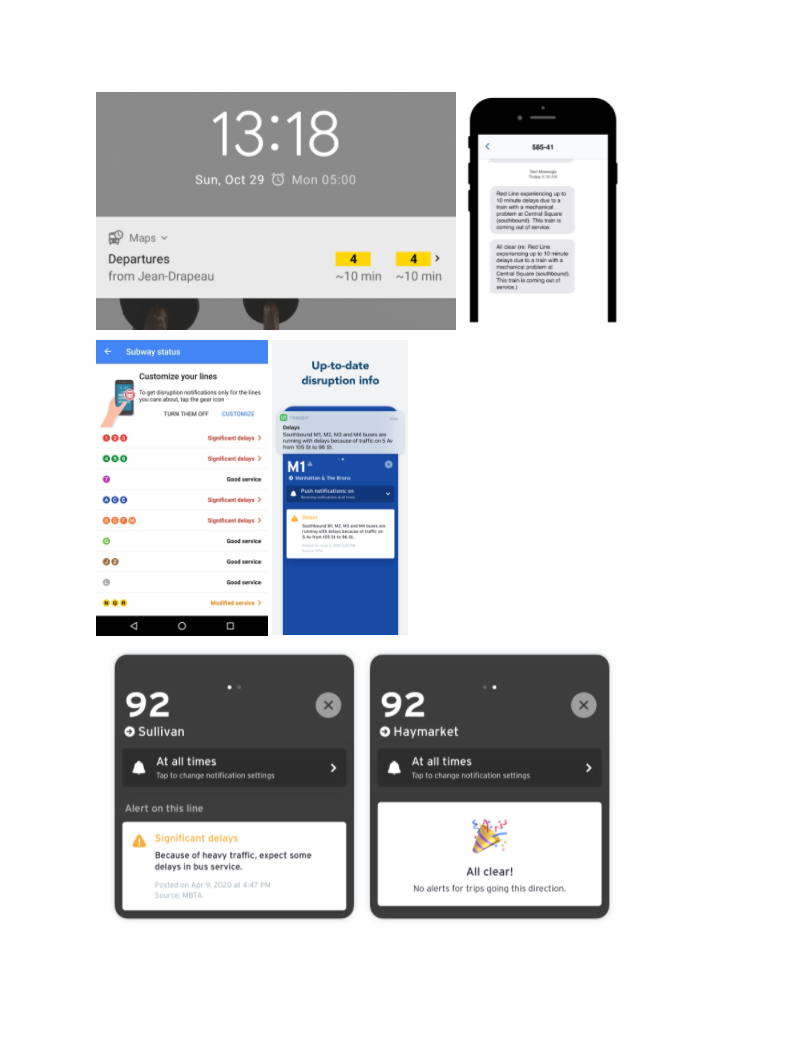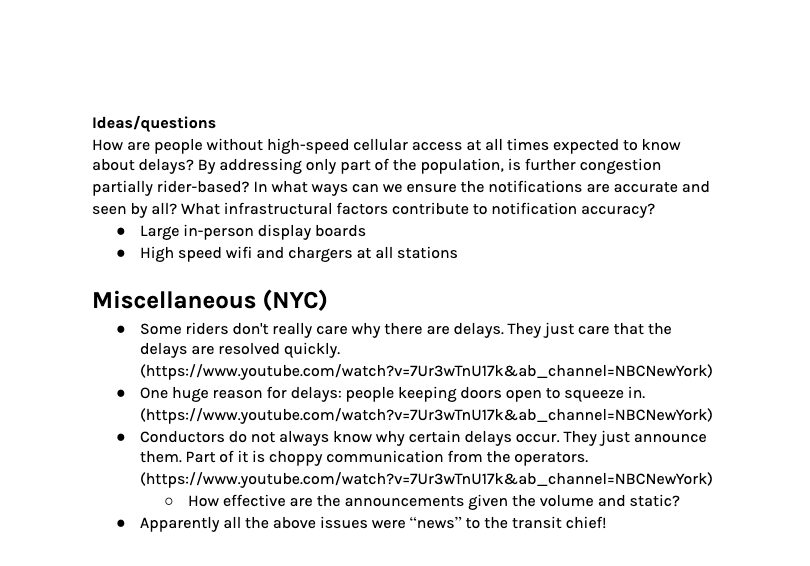


Brief
The aim is to design and create a tool, method, or activity that you can use to:
- Investigate, in some way, how people think about maintenance, or certain aspects of it, at present.
- Facilitate, encourage, or influence (perhaps) them to think differently about maintenance as a result of using or being involved with your tool/method/activity (and enable you to gather data, in an appropriate form, from that).
Background
Topic
What factors contribute to a healthy transit system? My team (Christianne Frankovich, Miso Dem) and I focused on investigating related physical infrastructure, people and extended systems. Our challenge: What do people think of transit maintenance? How might we change their perceptions?
Initial research
These were my initial considerations about people as components of maintenance. Firstly, I explored the importance of drivers in contrast with their stakes and leverage within the system.




Then, I looked into the communication networks available to them.





Overall takeaway: There’s little room for drivers to make systemic change due to the individualized nature of their positions. > It’s important for people within the system to understand their position and its related sectors, stakes, etc. to advocate for maintenance.
Method
Revisiting this section of the brief: Facilitate, encourage, or influence (perhaps) them to think differently about maintenance as a result of using or being involved with your tool/method/activity (and enable you to gather data, in an appropriate form, from that).
My team became curious about leveraging game design to gather data about people’s perceptions of the transit system. From an activity in class, it became clear that one of our considerations could be communication (i.e. rider to rider, rider to driver).

We referenced games like Covidopoly, Monopoly Deal and Heads Up!


How could we take advantage of digital platforms (because of COVID) in designing a game with a learning objective? First, we defined said objective: to inform players of the different factors, stakeholders and tradeoffs that exist in system maintenance.
We began brainstorming by writing sets of instructions:


Final concept









Intended takeaways

Feedback highlights
- It would be interesting if the stakeholders and distributed money were more pragmatic. Although the concept of the game was to show the various participants, how much power does a rider (for example) have regarding a topic like sinkhole repair? The amount of power held in different situations could be represented by the money.
- The objective of the game was to “build” a well-maintained system. How differently would players feel or approach the game if it focused on loss aversion instead? It would be interesting to see which of these approaches (building vs. averting) would best represent the act of maintenance.
Reflection
Because the participants registered for this workshop with an existing interest in maintenance, it was easy for them to navigate a win. As we hoped, we got to gather data about their perceptions of transit maintenance, and how that affected their decision-making skills. However, I imagine that if we were to test this with different audiences with varying levels of knowledge on maintenance, the observations might differ!


